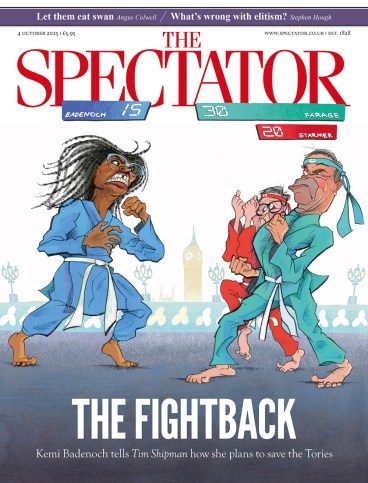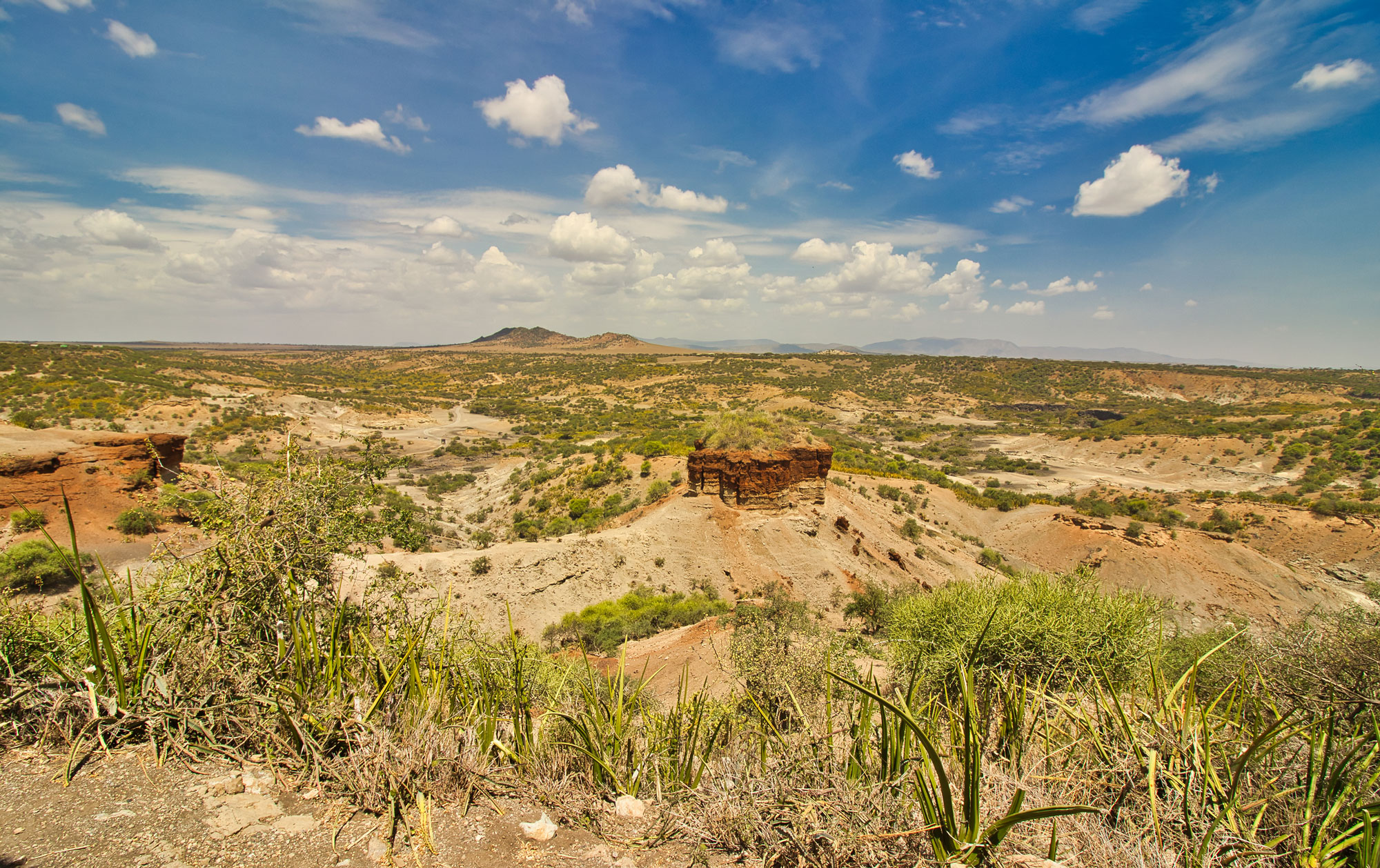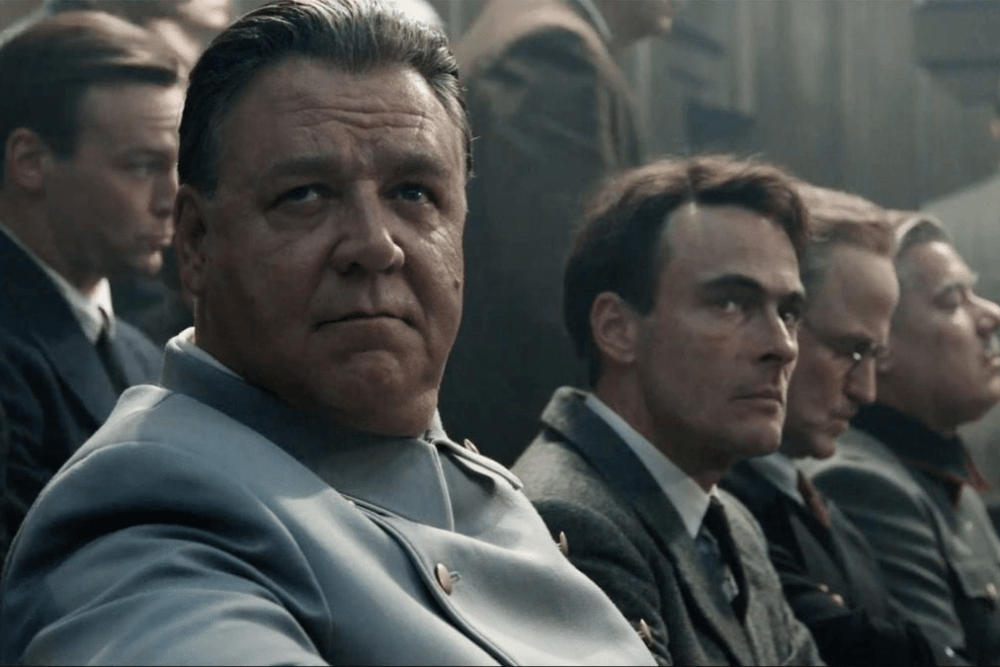
Cradle of Mankind
Aidan Hartley has narrated this article for you to listen to.
Paleoanthropologists tried to kill me a few days ago. Luckily I was saved by Max Mutkin, a young Londoner who had come along with me to track down a Neolithic monument in Kenya’s searing-hot northern deserts. Our guide was B—, a local man I’d been assured ‘knows everything there is to know’. We were aiming for the shores of Lake Turkana, known as the Jade Sea, and in that vicinity I’d heard there was a site where people had erected a little Stonehenge 5,000 years ago. En route Max regaled me with stories of what it was like to be at university during Covid, and life ahead in his barrister’s pupillage. After driving through remote wastes, we came to the foot of a red mountain, got out of the vehicle among piles of rocks and B— said: ‘These are the stones.’ But there were stones everywhere, extending in a series of ridges for miles around us. Evidently B— had no idea where we were.
Everywhere in Africa, there are signs of our hominid ancestors: the skulls of genius-brained Boskops and stunted cretins deep in cave systems, three-foot hobbits, footprints in fossilised rock, jawbones, femurs and Acheulean piles of hand axes made by ancestors who knapped fresh tools daily, since perhaps they hadn’t invented handbags. On my farm in Laikipia, we find obsidian arrowheads and round bolus stones used for smashing out bone marrow. There are petroglyphs of blazing stars and creatures and on the next-door ranch there’s a skeleton of a man with a spear tip in his spine. Around us, prehistory was busy and crowded. There are also stone cairns marking the graves of cattle keepers – like me. Some cairns are really large, and my hunch was that the sites were chosen because they looked over beautiful views or water sources. In other words, our ancestors had an aesthetic sense of beauty – and nowhere could be more dramatic than this site in Turkana, which is why I wanted to come here.
But B— had got us lost. Clever Max had a photograph of the site we wanted, which had been taken by the paleoanthropologists, known as the Hominid Gang. So I set off alone, comparing the photo to each mountain ridge I walked towards – and every one looked the same. Stupidly I wore flip-flops and carried no water. After an hour in the 40-something heat, I started to flag. The landscape was straight out of the opening scene of 2001: Space Odyssey, in which the apes bash each other’s brains out with jawbones. My flip-flops began to disintegrate on the rocks. Luckily the phone still worked, and Max said he’d bring the vehicle up the dry riverbed below the ridges.
I limped down to the riverbed to find the vehicle. Intelligent Gen Z-er Max had found a location pin for the site on Google Maps. It appeared the Stonehenge was not far, so I drank a litre of water and we set off again up the hill. We soon became separated and by now my flip-flops had collapsed and I walked barefoot. A nomad appeared in the distance, then vanished. Had he been real? I felt as if I were in Eliot’s ‘What the Thunder Said’. Eventually I found Max again and we realised that the Google Maps pin had been deliberately placed wrongly to confuse stone hunters like us. ‘Bastard paleoanthropologists!’ I shouted to the dry mountain.
The great benefits of being with a Gen Z-er kicked in again as Max said that he had found another photo of the site that had a wider angle, showing the stones with a vista of the mountain behind. We realised that we were on the wrong side of the dry riverbed. After a long walk up more ridges, I saw that the sun was going down. We had been trekking now for five hours. I turned left, Max went right. I found nothing and then in the distance I saw Max standing to attention. I limped towards him until I could hear him exclaim: ‘Over here!’
And there it was. Using his photograph, detective Max had lined up the landscape to find the standing stones and mounds where the scientists said there was a cemetery for 600 people, adorned with amazonite and chalcedony beads, necklaces of hippo teeth and a headdress of gerbil teeth! It was on a promontory that overlooked the Jade Sea, which in those days had lapped right up to the rocks below, the most beautiful place to spend eternity. It felt so good that these people had a sense of beauty.
In the gloaming the mountain glowed pink. Max and I thought it was wonderful and when we got back to the car I said: ‘The beers are on you, B—.’









Comments